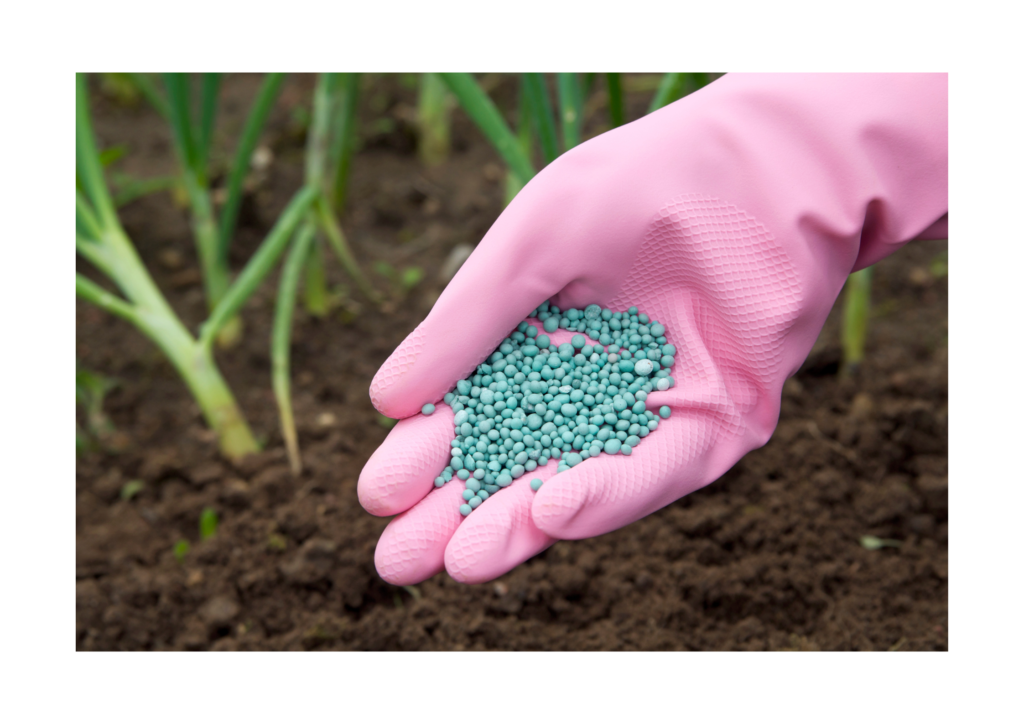
Food safety and soil health: UN calls for stopping the flow of micro- and nano-plastics into the environment
The United Nations Environment Programme (UNEP) published today a “Foresight brief” dated last July, which alerts on the massive use of plastics in agriculture, and underlines their harmful impact on soil health, biodiversity and our food security.
This Foresight brief, published annually by the agency to discuss specific contemporary environmental issues, concludes with the need to adopt the precautionary principle and develop targeted solutions to stop the flow of micro- and nano-plastics into the environment.
Agriculture, a major source of micro- and nano-plastics
The evolution of agricultural practices towards an intensive model has been accompanied by the increasing use of plastic in agriculture, and therefore by an increase in polluting waste.
UNEP distinguishes the different sources of these micro- and nano-plastics in agricultural activities:
- decomposition of plastic products
- spreading of sludge from sewage treatment plants contaminated by nano- and microplastics.
- polymers that are used to coat slow-release fertilizer granules and seeds.
Risks to our health and the environment
The dossier also highlights the environmental risks of micro- and nano-plastics, in particular on the structure and activity of soils, and the health risks, due in particular to the impact of these plastics on the food chain. This file echoes a report previously published in December 2021 by the Food and Agriculture Organization of the United Nations (FAO), which already sounded the alarm on the “disastrous” (sic) use of plastics in agriculture and called for action to drastically limit the threat they pose to food security, human health and the environment.
Another report published in May 2022 by the NGO CIEL (Center of International Environmental Law) specifically addresses the growing use of polymer-coated fertilizers and pesticides and their propensity to exacerbate the harmful effects already induced by the use of these products1Cf. the study cited on page 9 of “Pesticide Encapsulation at the Nanoscale Drives Changes to the Hydrophobic Partitioning and Toxicity of an Active Ingredient,” Matthew Slattery, Bryan Harper, and Stacey Harper, Nanomaterials 9, no. 1 (January 2019). Conducted in 2019 by researchers at Oregon State University, it reveals that a conventional insecticide with the active ingredient encapsulated in nano-sized plastic is more toxic than applying the same active ingredient with a larger plastic capsule or without any encapsulation..
UNEP’s recommendations
Among its recommendations, UNEP is now calling on governments to discourage the use of plastics in agriculture by improving regulations and standards on agricultural products – including fertilizer and seed coatings.
In Europe, a restriction of micro- and nano-plastics is under discussion
Due to concerns for the environment and human health, ECHA proposed in 2017 a wide-ranging restriction for micro- and nano-plastics in products placed on the EU/EEA market to avoid or reduce their release in the environment. Besides the agricultural sector, which accounts for most of the micro- and nano-plastics used and generated, these can also be intentionally incorporated into mixtures used in cosmetics, cleaning products, paints, etc.
In 2022, this restriction is still not in force, slowed down by the lobbying of the industrial groups, who tried in particular to exclude nano-plastics (<100 nm) from the scope of this restriction. The European Commission’s recent proposal to amend the list of restricted substances under Annex XVII of REACH was discussed at a closed meeting of the Commission’s REACH Committee on September 23. AVICENN remains attentive to the evolution of this restriction.

Our information sheets to go further
Other news on the topic
Upcoming Nano Agenda

- Webconference for analysis laboratories, plant fertilizer manufacturers and distributors, public authorities…
- Moderated by David Krupka, nanotechnologies development manager at AFNOR Normalisation and Emilie Langlois-Bertrand, nantechnologies standardization project manager.
- In partnership with Armand Masion, CNRS Research Director, and Sandrine Mocoeur, Health, Safety, Environment and Quality Manager at SYNGENTA.
- This exchange will also be an opportunity to explore the creation of a national platform to identify standardization needs.
- Website: www.afnor.org/evenement/nanotechnologies-agriculture-cadre-pratique-responsable/
- 8th Congress of Occupational Medicine and Health (CNMST 2026)
- Theme 5: Emerging pathologies and risks, Mr Henri Bastos (ANSES), Pr Lynda Bensefa-Colas (AP-HP), Dr Catherine Nisse (CHU Lille)
- Website: www.medecine-sante-travail.com
- 20th meeting of the “nano and health” dialogue committee
- Organizer: ANSES
Notes and references
- 1Cf. the study cited on page 9 of “Pesticide Encapsulation at the Nanoscale Drives Changes to the Hydrophobic Partitioning and Toxicity of an Active Ingredient,” Matthew Slattery, Bryan Harper, and Stacey Harper, Nanomaterials 9, no. 1 (January 2019). Conducted in 2019 by researchers at Oregon State University, it reveals that a conventional insecticide with the active ingredient encapsulated in nano-sized plastic is more toxic than applying the same active ingredient with a larger plastic capsule or without any encapsulation.



